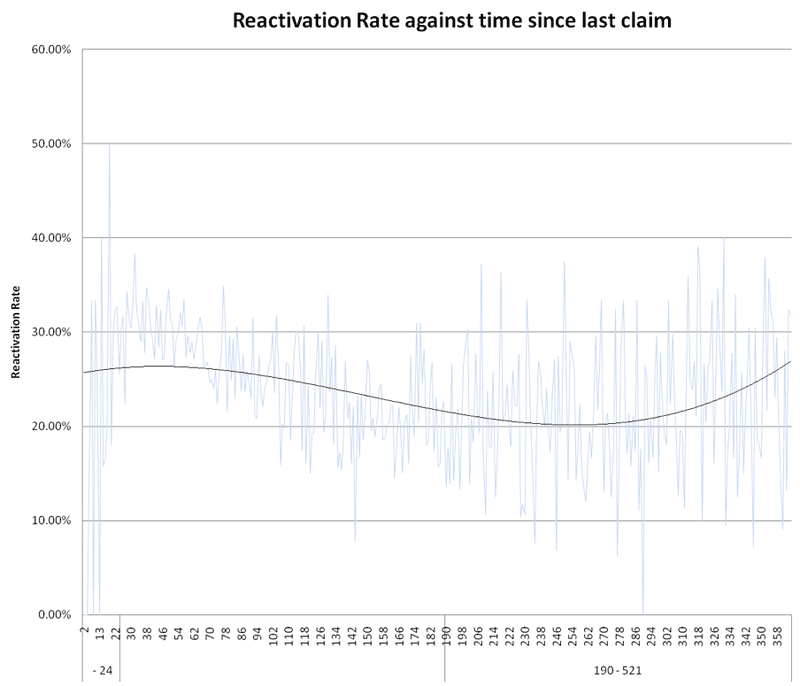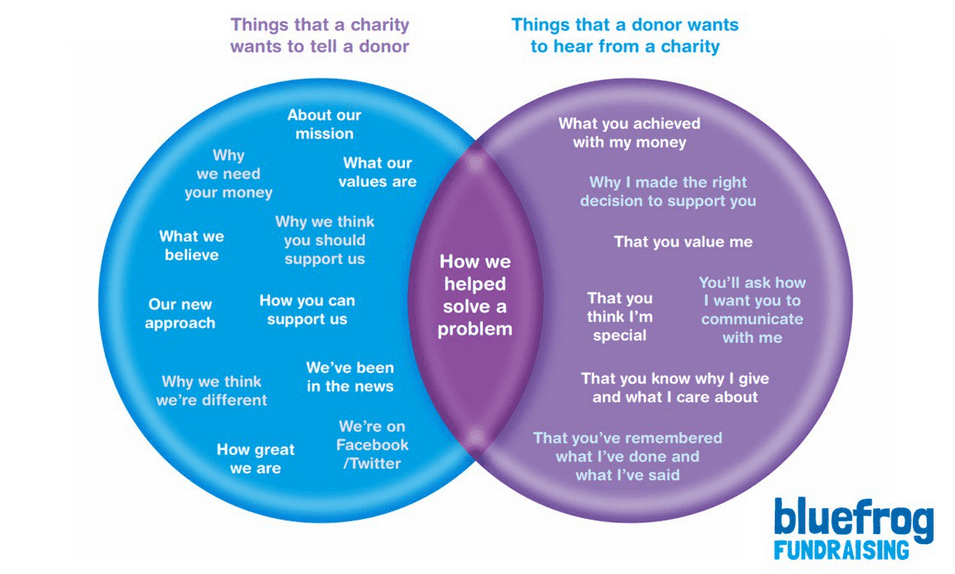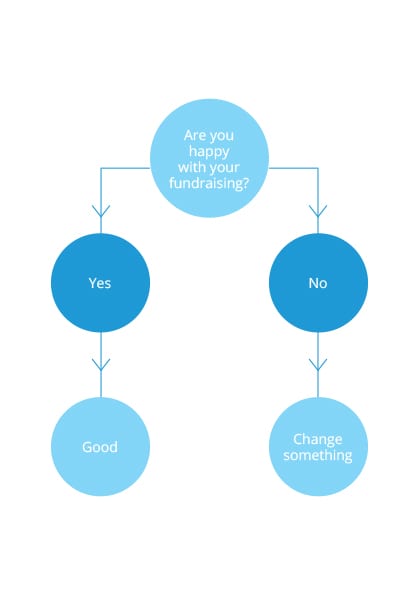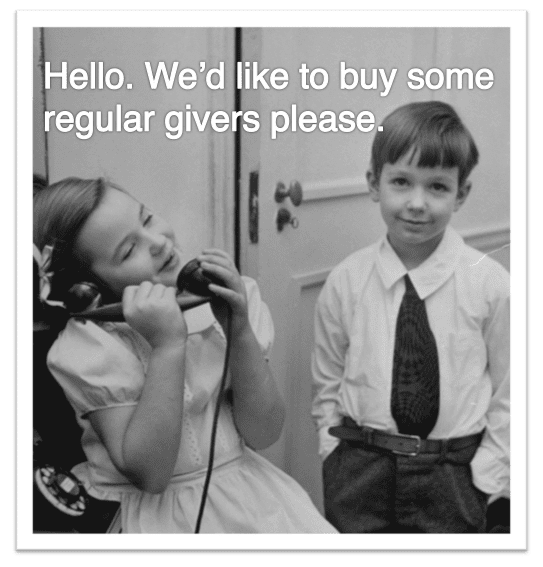When should you try and reactivate lapsed donors?
There's the old story of the man driving around lost in the countryside. He eventually sees someone up ahead and pulls over and asks for directions to his destination. The local looks at him, scratches his head and says, "Well, if I were you, I wouldn't start from here".
It's the same when it comes to reactivating lapsed regular givers. The best advice I can give is to not let them lapse in the first place. You can only do this by working hard to fully engage them right from the point of recruitment.
But no matter how good your communications are, it's more than likely you are going to lose some hard-won supporters.
Which leaves you facing two important questions. How and when are you going to bring them back on board?
I'm not going to give away secrets on how, but I am going to share some fantastic information to help you decide when.
I was lucky enough to spend some time in a big planning session with NTT Fundraising on Friday, where Managing Director, Dave Clark did some amazing number crunching on their custom-built data engine.
He'd analysed hundreds of thousands of records, and showed me a number of charts that identified some jaw-dropping patterns on how donors behave. When I saw one chart, I begged Dave to let me share it, and after about half an hour I finally wore him down and he said yes.
The chart shows the impact of time on the success of a reactivation campaign. The X axis is the number of days since the last successful claim.
As you can see, there are some wild swings, but the trend line shows it's better to wait a few weeks before reactivating regular givers. There then follows a gentle decline as it becomes harder to get people to start giving again.
This decline doesn't continue inextricably downwards. As we get closer to the anniversary of the last gift, the success rate starts to increase again.
Start overlaying other factors on to the data such as value of original and reactivated gift, length of original support and length of re-activated support (by looking at two and three year lapsing and re-lapsing rates) and the results are even more amazing.
If you are not doing it already, add when to the who, what and why in your current reactivation arsenal and you'll get better results in return.
You can contact Dave here.
Tags In
The Essentials

Crack the Code to Regular Giving: Insights, Strategies, and a Special Giveaway!

‘Tis Halloween. Keep to the light and beware the Four Fundraisers of the Apocalypse!

Why do people give? The Donor Participation Project with Louis Diez.

A guide to fundraising on the back of a postcard

What does the latest research tell us about the state of fundraising?









